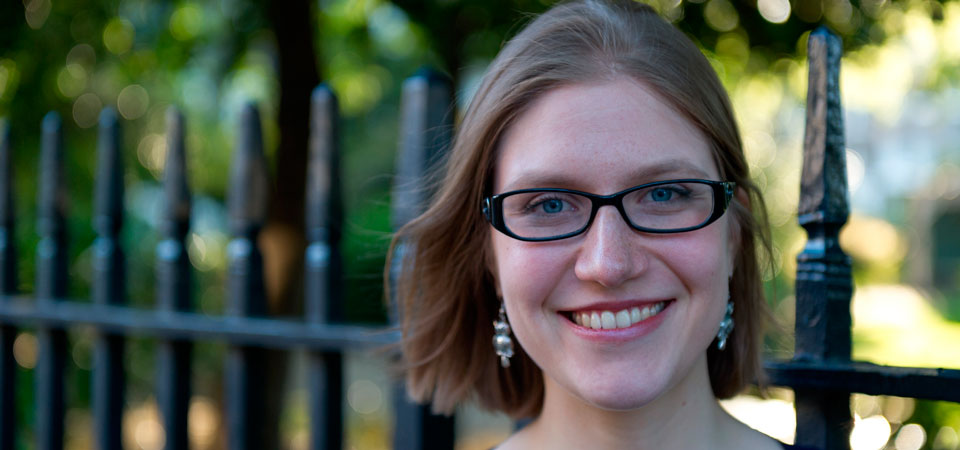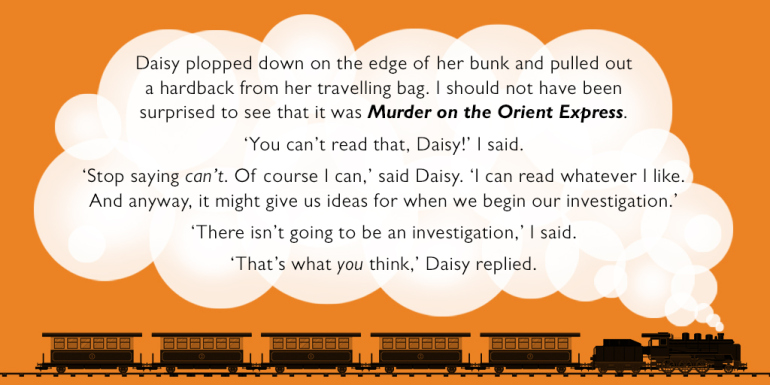- Home |
- Search Results |
- Robin Stevens on Agatha Christie

It’s no secret that Agatha Christie is one of the biggest influences on my books. If you’re writing crime, she’s sort of unavoidable – she’s just there, whether you want her to be or not. But I also think that reading her books has helped me write for the audience that I do. Although she didn’t target 9-12 year olds herself, she’s still widely read by that age group, and I think there’s a very clear reason why. There are two aspects of her writing in particular that, to me, make her style of writing so perfectly adaptable for young readers, and both of them are things that I try to use in my own books, the Murder Most Unladylike Mysteries.

First, Christie is simple. I’m not saying this as a negative, but as a huge and admiring compliment. This is a skill that most writers, for both adults and children, never achieve, and something that isn’t celebrated by critics nearly enough. She writes with absolute clarity and vividness, her characters leap off the page and stay in your mind and her plots are relentlessly fascinating. Even better than that, they always make sense. You can follow along with every step of a Christie, just one pace behind the detective, all the way to the denouement, so that when it comes you’re amazed but satisfied – you really almost knew it! To keep children, the world’s most discerning readers, focused, you have to practice this kind of trickery – you can’t be dull or obtuse, and Christie never is. I’d love to say that I’m as good as she is (I’m nowhere near), but I learnt the idea from her, and I try very hard to keep my mysteries clear, quick and (technically) guessable.
Second, Christie is safe. We forget, now, that Christie never was writing about a real time or place. Poirot and Marple always existed in a slightly alternate universe, and the books were nostalgic from the moment they were published. That’s why Christie feels so cosy – in a very real way, her books are fantasies. We know that we could never get to the world she describes, and we don’t really want to go there. That slightly misty sense of ‘history’ is something I try to show in my books. People (always adults – children aren’t nearly as shocked) very often ask me how I can get away with writing about murder for young readers. Part of the answer is that I don’t describe my murders in much detail, or dwell on the bodies – the puzzle is the thing, rather than the horror – but the other part is that my books aren’t contemporary. They’re set in the 1930s, and so no matter how close readers feel to Hazel and Daisy, they’ll always be slightly at a remove. The past is a different country, and if something bad happens there, it can’t touch you.
I have a very clear memory of being twelve and loving Agatha Christie, but wishing that some of her books featured detectives my age. That was the seed ofMurder Most Unladylike and its sequels, but I created the series to be a companion to her books, not a replacement for them. I hope that children can read them both together – I’m still convinced that Christie is just as perfect for young readers as she is for adults.